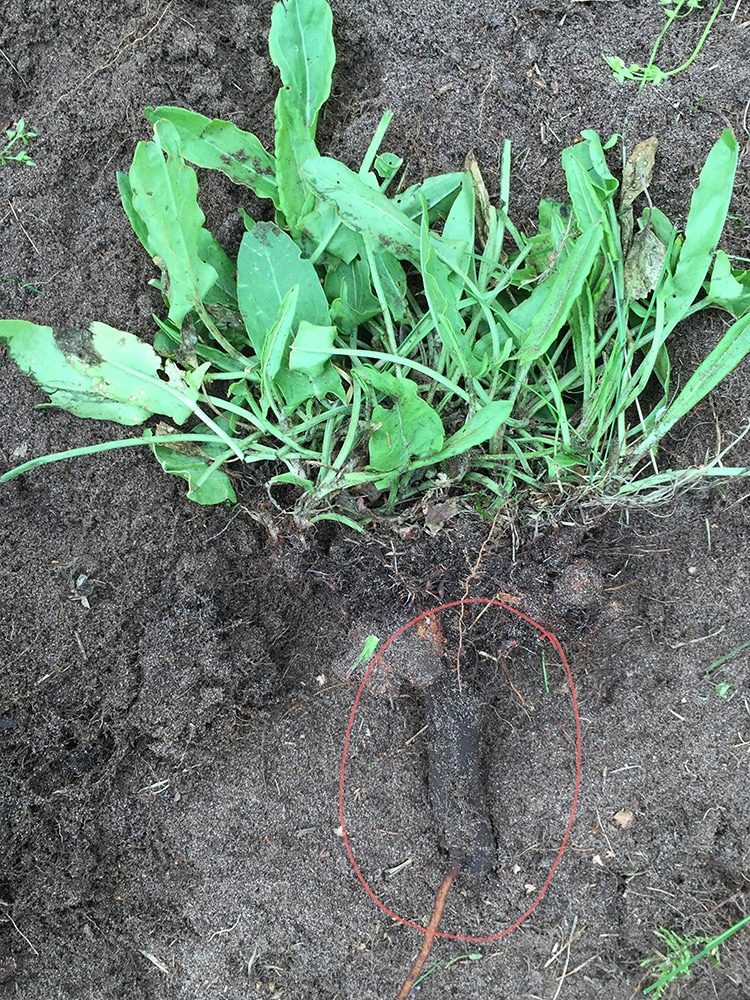|
We consume, eat, garden, harvest, cook, manipulate, breed, kill, poison and destroy. The cycles in agriculture and food production are complicated and sometimes absurd, our botanical inheritance is manipulated. We are witnessing sociological changes and lifestyle diseases brought by mass industry manufactured food production and consumption. All this seems to stand opposite to the growing desire for a natural world with regional, organic and artisan foods, the Slowfood and urban gardening movement and the preservation of biodiversity. All subjects seem discussed as independent, not related matters in the areas of agriculture, art, literature, science, health, education, philosophy and politics.
VITAL FORCES- FOOD IN CONTEXT is a think tank and event series exploring food culture as a cultural good in the past, present and future. We seek to illuminate the connections and relationship of the diverse fields involved through the language of art in order to reach a larger audience outside the 'food bubble'.
|
|
|
-------FOR BLOG, SCROLL DOWN--------



 RSS Feed
RSS Feed
